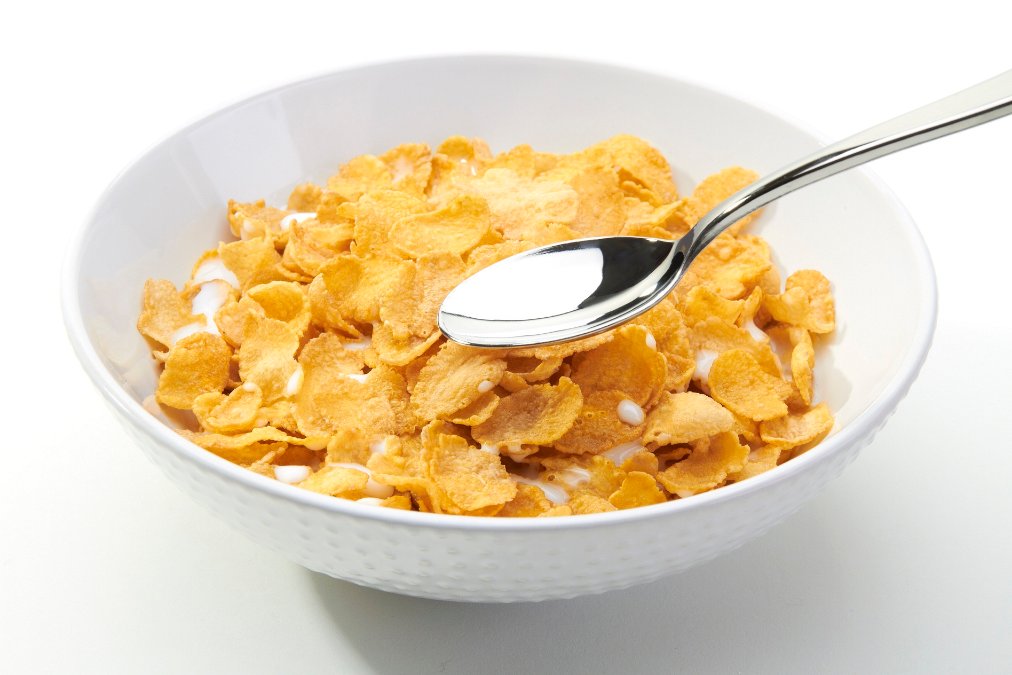
Throughout history, individuals have tried almost every diet imaginable in search of a smaller waistline and improved health. However, fad diets are notoriously difficult to stick to, and in certain situations, they can be harmful and even fatal. Nutritionist Angela Dowden has compiled a list of the most unusual, strange, and deadly diets from the 1500s to the present.
More Harm than Good: The Dangers of Fad Diets
1558: the starvation diet:
We've all heard of calorie counting, yet this rigorous diet existed long before calories were a thing. Luigi Cornaro, an Italian aristocrat, wrote La Vita Sobra (The Sober Life), which promoted rigorous deprivation as a technique to lose weight and improve health. The author dropped weight and lived to the age of 102 by consuming only 12oz (342g) of food and 14oz (400ml) of wine per day. Evidence suggests that mice survive longer when on famine rations, although this has not been proven in people.
1727: the 'move away from the swamp' diet:
In 1727 writer Thomas Short observed that overweight people often lived near swamps. He published a treatise entitled The Causes and Effects of Corpulence, outlining that the only logical way to lose weight was to move further away from any swamps. Obviously, no connection between swamps and weight actually exists, but there is some evidence that people living in rural areas have a higher risk of obesity.
Early 1800s: the Lord Byron vinegar diet:
Lord Byron, a British poet and politician, appears to have dropped significant weight between 1806 and 1811, surviving on a diet of biscuits, soda water, and copious amounts of vinegar. Apple cider vinegar is frequently promoted as a weight loss tool, however there is no evidence it works. In fact, drinking big amounts of vinegar can be deadly; Byron sipped so much that he developed gastrointestinal troubles.
1830s: the 'chastity' diet:
Wholewheat Graham flour is named after Reverend Sylvester Graham, who was an advocate of temperance and vegetarianism. He also believed that white sugar, refined flour and spices promoted sinful sexual urges and were best avoided. It's likely, then, he would be a bit upset that his legacy lives on in the s’more – a traditional US campfire favourite in which two Graham crackers are sandwiched together with a layer of melted marshmallow and chocolate.
1800s: diet pills with arsenic:
Most nutritionists agree that diet pills are not a healthy way to manage your weight. Popping pills to speed up metabolism became a diet trend back in the 19th century, but shockingly many of these seemingly miracle tablets contained small amounts of strychnine and arsenic, which consumers might not have been aware of. Chronic arsenic poisoning leads to cancer and liver disease.
1894: the corn flakes diet:

Replacing two meals a day with a bowl of Special K cereal was a diet trend in the early 2000s, however the cereal diet has a much longer history. Dr. John Harvey Kellogg developed corn flakes as a diet for patients at the Battle Creek Sanitarium in Michigan, where he was superintendent. Kellogg, like Sylvester Graham before him, believed that making foods as bland as possible would help to inhibit sexual impulses.
1903: chewing and spitting:
Horace Fletcher, an American dietitian, became known as the 'Great Masticator' because he believed that chewing food at a rate of 100 bits per minute would result in weight loss, increased strength, and a decrease in food consumption. Followers were also exhorted to spit out whatever that remained in their mouths after chewing but had not turned to liquid. Gross!
1930s: the Inuit diet:
Vilhjalmur Stefansson, a Swedish Arctic explorer, believed that a high-calorie diet of whale blubber, caribou, and raw fish was the greatest because it kept Inuit thin and healthy. While this diet contains heart-healthy omega-3 fats, it is deficient in fruits and vegetables and ignores the fact that the Inuit are genetically evolved to their diet and expend a lot of calories due to their busy lifestyles.
1950s: the cabbage soup diet:

The cabbage soup diet gained popularity among 1950s housewives looking to lose weight quickly, and it has been in and out of style ever since. Dieters consume three to four portions of cabbage soup each day, which fills their stomachs, but they frequently experience weariness, light headedness, and flatulence. The diet is extremely low in calories, so you will undoubtedly lose weight, but cabbage soup alone does not supply enough protein or energy to sustain excellent health.
1981: Beverley Hills diet:
The Beverley Hills eating plan, developed by author Judy Mazel in the 1980s, includes just fruit for the first ten days, carbohydrates on day eleven, and protein on day 19. It is based on the unproven belief that mixing some foods slows digestion and that undigested food is what causes people to gain weight. It's total nonsense, and even harmful, with only 800-1,000 calories each day and a lack of nutrients
FAQs
Why do fad diets do more harm than good?
Since they frequently cut out key food sources, prevailing fashion diets might cause the accompanying side effects: Drying out. Shortcoming and weariness. Sickness and cerebral pains.
Why do many common fad diets not work?
A few eating regimens even cut out whole nutrition types. A considerable lot of these prevailing fashion diets might need significant supplements, like dietary fiber and starches, as well as chosen nutrients, minerals, and defensive phytochemicals. By not getting legitimate measures of these supplements, you can foster serious medical issues.
Are all fad diets successful??
Trend diets won't bring about long haul weight reduction in light of the fact that these eating regimens don't advance sound and feasible eating regimen and way of life propensities.
What is the new eating routine pattern in 2023?
With its attention on solid fats, fiber-rich plant-based food sources, and relishing dinners with friends and family, the Mediterranean Eating regimen makes certain to be one of the top eating routine patterns of 2023.
.



